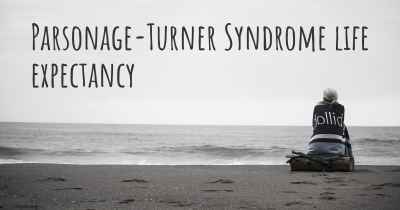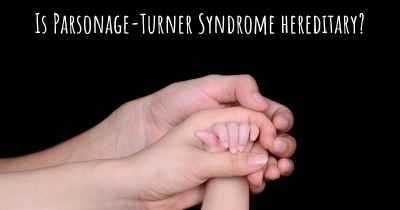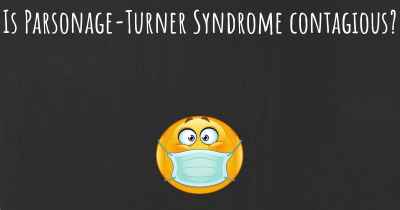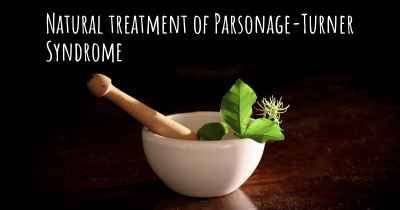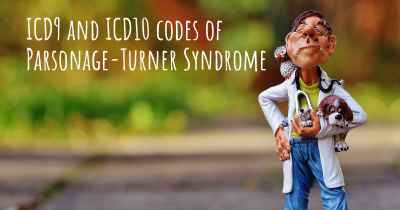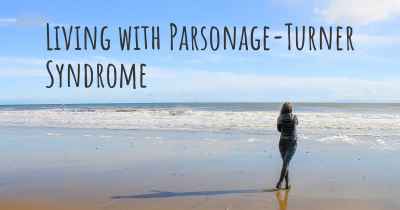Which advice would you give to someone who has just been diagnosed with Parsonage-Turner Syndrome?
See some advice from people with experience in Parsonage-Turner Syndrome to people who have just been diagnosed with Parsonage-Turner Syndrome
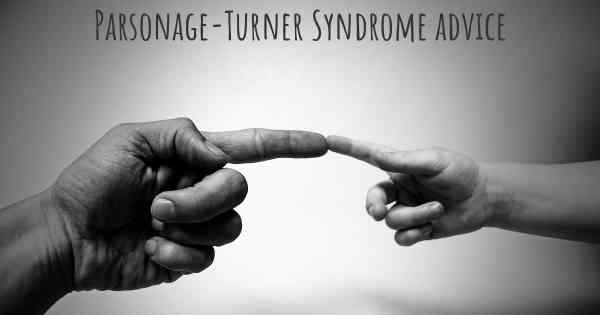
Advice for Coping with Parsonage-Turner Syndrome
Receiving a diagnosis of Parsonage-Turner Syndrome (PTS) can be overwhelming and may leave you with many questions and concerns. While each individual's experience with PTS can vary, there are some general pieces of advice that can help you navigate this condition and improve your quality of life. Here are some important steps to consider:
1. Educate Yourself
Take the time to learn about Parsonage-Turner Syndrome. Understanding the condition, its causes, symptoms, and potential treatment options can empower you to make informed decisions about your health. Consult reputable medical sources, such as medical journals, trusted websites, or seek guidance from your healthcare provider.
2. Build a Support Network
Reach out to friends, family, and support groups to create a network of individuals who can provide emotional support and understanding. Connecting with others who have experienced or are currently living with PTS can be particularly helpful, as they can offer valuable insights and coping strategies.
3. Communicate with Your Healthcare Provider
Establish open and honest communication with your healthcare provider. Share your concerns, symptoms, and any changes in your condition. Regular check-ups and follow-up appointments are crucial to monitor your progress and adjust treatment plans if necessary.
4. Follow Your Treatment Plan
Adhere to the treatment plan prescribed by your healthcare provider. This may include a combination of medications, physical therapy, occupational therapy, or other interventions. Consistency and commitment to your treatment plan can help manage symptoms and promote recovery.
5. Manage Pain and Discomfort
PTS can cause varying levels of pain and discomfort. Discuss pain management strategies with your healthcare provider, which may include over-the-counter pain relievers, physical therapy exercises, heat or cold therapy, or other techniques. Finding what works best for you can help alleviate discomfort and improve your overall well-being.
6. Prioritize Self-Care
Make self-care a priority in your daily routine. This includes getting enough rest, eating a balanced diet, engaging in gentle exercises or stretches as recommended by your healthcare provider, and practicing stress management techniques such as meditation or deep breathing exercises. Taking care of your physical and mental health can positively impact your recovery.
7. Seek Occupational Therapy
Consider seeking occupational therapy to help regain strength, mobility, and independence in your daily activities. An occupational therapist can provide tailored exercises and techniques to improve your functionality and adapt to any limitations caused by PTS.
8. Pace Yourself
Recognize your limitations and avoid overexertion. Pushing yourself too hard can potentially worsen symptoms or delay recovery. Listen to your body and take breaks when needed. Gradually increase your activity levels under the guidance of your healthcare provider or physical therapist.
9. Stay Positive and Seek Emotional Support
Living with PTS can be challenging both physically and emotionally. It is important to maintain a positive mindset and seek emotional support when needed. Engage in activities that bring you joy, practice relaxation techniques, and consider counseling or therapy to help cope with any emotional difficulties that may arise.
10. Be Patient with Your Recovery
Recovery from Parsonage-Turner Syndrome can be a slow and gradual process. It is important to be patient and realistic with your expectations. Celebrate small victories along the way and remember that everyone's journey is unique. With time, proper care, and support, you can improve your condition and regain functionality.
Remember, the advice provided here is general in nature, and it is essential to consult with your healthcare provider for personalized guidance and treatment options specific to your condition. By taking an active role in your care and following these suggestions, you can better manage Parsonage-Turner Syndrome and work towards a healthier future.
Take it slow
Be patient
Don't push yourself
Pay attention to your body
Posted Oct 8, 2017 by Lorene 900
Posted Apr 19, 2018 by Donna 2500
Posted Jul 23, 2018 by Chinchay 600
